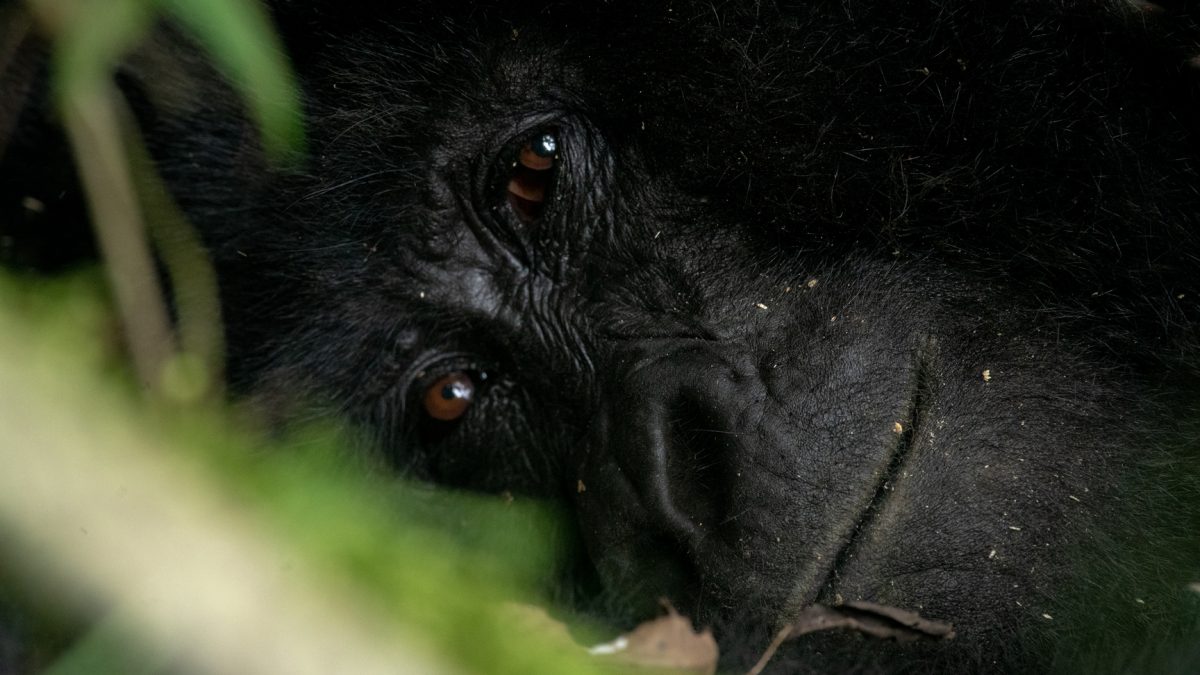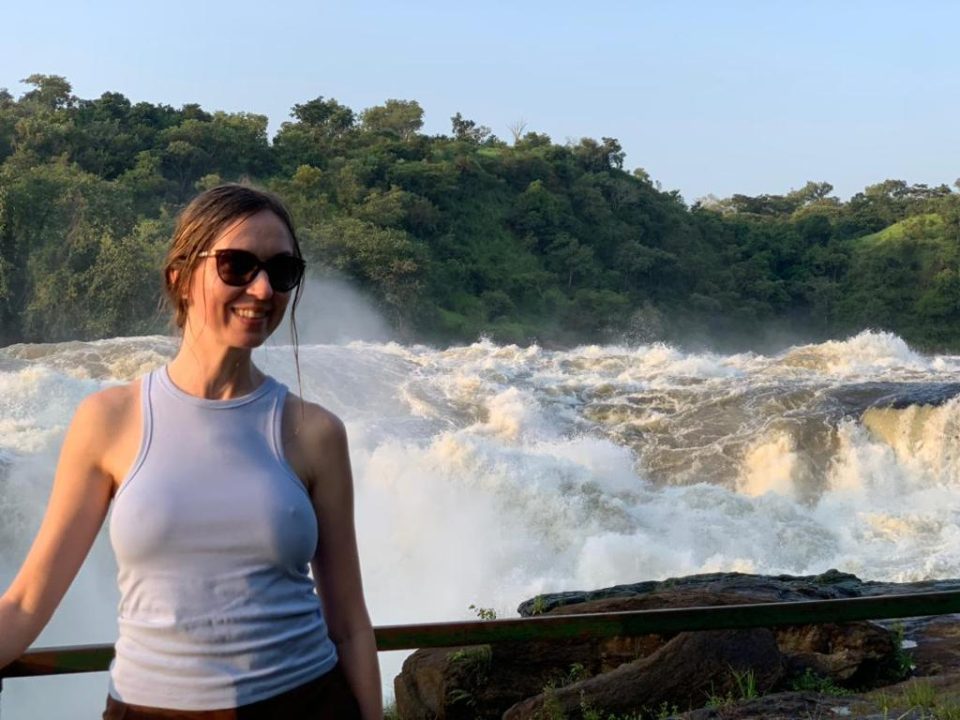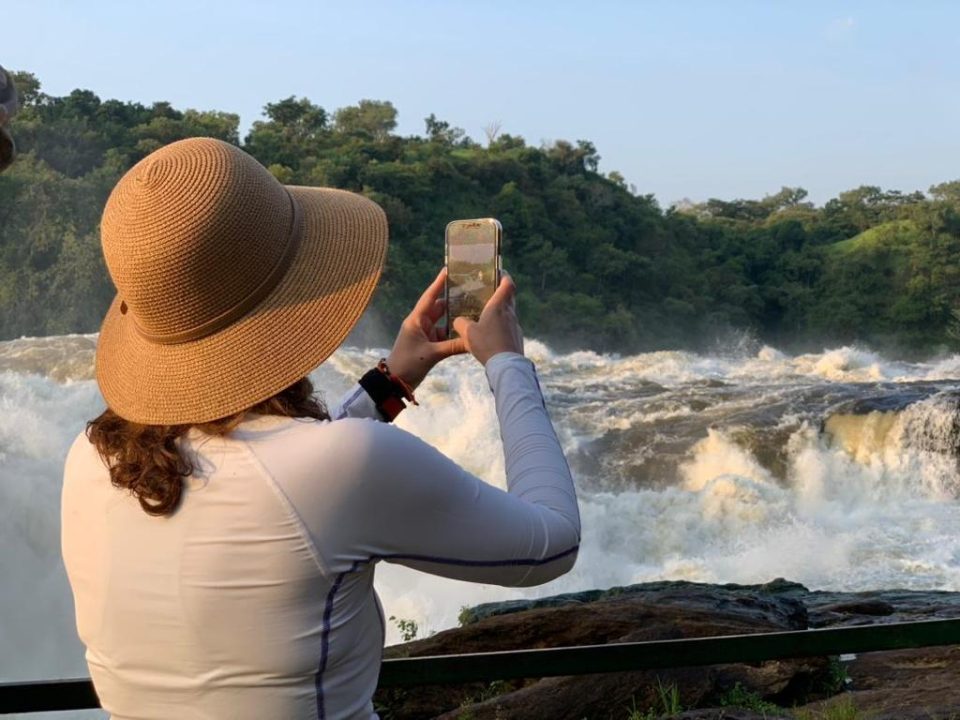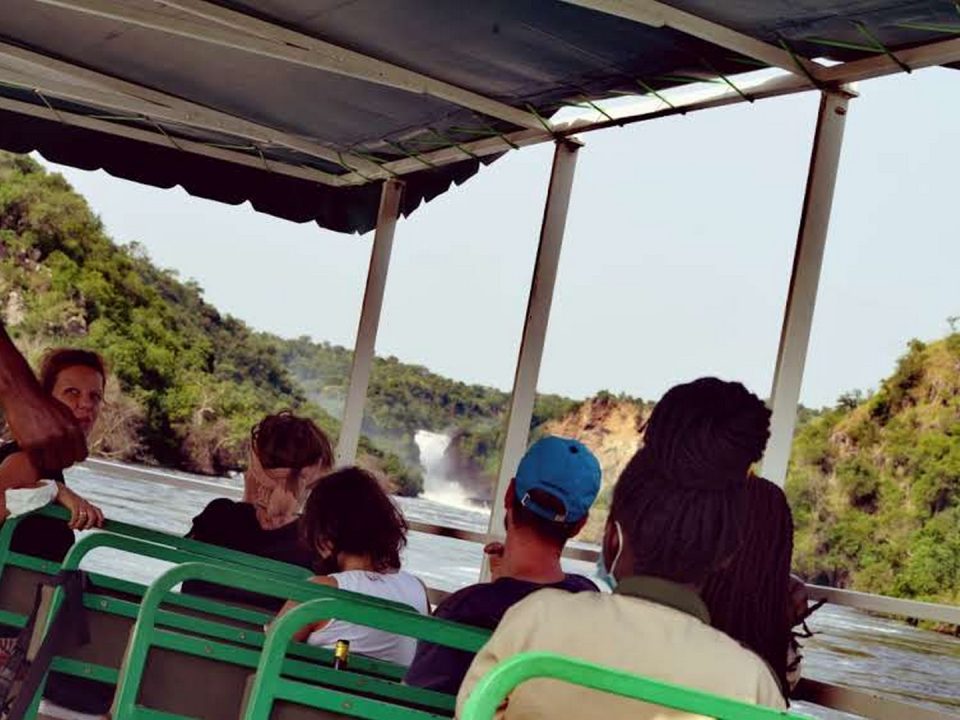
How Fit Do You Need to Be for Uganda Gorilla Trekking?
February 21, 2025
How Much is the Gorilla Trekking Permit in Uganda?
February 21, 2025Can You Wear Black for Gorilla Trekking?
A Guide to Gorilla Trekking Attire by Deks Safaris & Tours Ltd.
Can You Wear Black for Gorilla Trekking? Gorilla trekking is one of the most awe-inspiring and unforgettable wildlife experiences, providing the opportunity to come face to face with one of the most majestic and endangered species on earth. For many, this adventure takes place in the lush rainforests of Uganda, Rwanda, or the Democratic Republic of Congo (DRC), where trekking through thick vegetation can be challenging. One of the common questions posed by trekkers is, “Can you wear black during gorilla trekking?” While it may seem like a simple query, the answer involves understanding a few key factors, including safety, visibility, comfort, and environmental considerations.
At Deks Safaris & Tours Ltd., we believe that preparing the right way for your gorilla trekking adventure is essential for a successful and enjoyable experience. In this detailed guide, we address whether black clothing is suitable for this unforgettable journey and provide expert advice on what to wear for an optimal trekking experience.
The Importance of Choosing the Right Clothing for Gorilla Trekking
Before we delve into the specifics of wearing black, it’s important to recognize the essential role clothing plays in ensuring your safety and comfort during a gorilla trek. Gorilla trekking is physically demanding, and trekkers can expect to navigate through dense vegetation, uneven terrain, and sometimes muddy conditions. In such an environment, the right clothing protects you from the elements, reduces the risk of injuries, and ensures you remain comfortable for the duration of the trek.
Clothing choices also extend beyond practical considerations and involve making conscious decisions that do not disrupt or harm the natural habitat. Trekking attire should allow for mobility, shield you from the elements, and maintain an ecological balance that respects the wildlife you are trekking to observe.
Can You Wear Black for Gorilla Trekking?
While there is no outright prohibition against wearing black clothing for gorilla trekking, there are some important factors to consider before choosing your attire. Black clothing is not the most ideal option for several reasons:
Attracting Insects and Mosquitoes
One of the key reasons why black clothing is discouraged for gorilla trekking is its ability to attract insects, particularly mosquitoes. Dark colors, including black, are known to attract more insects, which may increase your exposure to bites, especially in the humid rainforest environment. Mosquitoes are common in these regions, and some can transmit diseases such as malaria and dengue fever. Light-colored clothing, on the other hand, is less likely to attract insects and will provide you with better protection.
Visibility and Safety Concerns
Safety is a crucial consideration when trekking through dense forests. Wearing dark colors like black can reduce your visibility in shaded areas, increasing the chances of accidental injuries, such as trips, falls, or collisions with branches and other obstacles. In addition, in the event of an emergency or if you need to be located quickly, light-colored clothing is far more visible than black.
If you’re trekking as part of a guided group, wearing neutral, lighter tones helps your guide keep track of you and ensures that others in the group can easily spot you.
Camouflage and Wildlife Interaction
While dark clothing may seem like a way to blend into the environment, gorillas and other wildlife are highly sensitive to movement, rather than color. However, wearing bright or fluorescent colors can potentially disturb the natural behavior of wildlife. Thus, the recommended approach is to wear neutral, earthy tones like khaki, brown, or green, which will allow you to blend in naturally without attracting unnecessary attention.
Though black might not negatively impact your interaction with gorillas, it is always wise to respect their habitat by avoiding bright or disruptive colors that could cause unnecessary disturbance to the animals.
What to Wear for a Successful Gorilla Trekking Experience
Now that we have discussed why black may not be the best choice, let’s look at the optimal attire for gorilla trekking. The right clothing will keep you comfortable, safe, and well-prepared for the trek, regardless of weather conditions or the physical demands of the activity.
Lightweight, Long-Sleeve Shirt and Pants
The dense forest can be home to various thorns, insects, and other irritants that may scratch or irritate your skin. A long-sleeve shirt and long pants made from lightweight, breathable material will offer protection without overheating you. Avoid loose clothing that could get caught on branches and foliage. Neutral colors such as khaki, beige, or olive green are ideal as they help you blend into the environment.
Sturdy, Comfortable Footwear
The trek can be physically demanding, and you’ll need sturdy footwear that can handle uneven, muddy, and sometimes slippery terrain. Hiking boots or shoes with ankle support are highly recommended to avoid injuries. Make sure your footwear is comfortable, waterproof, and broken in before the trek to prevent blisters. Dark-colored boots are fine, but they should be practical and durable.
Hat, Sunglasses, and Sunscreen
While the forest canopy provides shade, trekking through the dense jungle means exposure to the sun during breaks or when passing through clearer areas. A hat with a wide brim will protect your face from the sun, while sunglasses will shield your eyes. Apply sunscreen generously to protect against sunburn, particularly in areas where your clothing doesn’t cover.
Waterproof Jacket or Poncho
Rain showers are frequent in tropical rainforests, so it’s crucial to carry a lightweight, waterproof jacket or poncho. Choose one that you can easily pack in your backpack when not in use. These jackets should be made from breathable materials to prevent overheating.
Gloves and Gaiters
Thick gloves will protect your hands from thorns, branches, and other potentially harmful elements while trekking. Gaiters help protect your lower legs from scratches and also prevent dirt and mud from entering your shoes.
Conclusion
While black clothing is not strictly prohibited for gorilla trekking, it is not the best option for a variety of reasons, including attracting insects and reducing visibility in dense forests. It’s highly recommended that you opt for neutral, lightweight clothing in earth tones, such as khaki, olive, and beige, to ensure comfort, safety, and minimal impact on the environment. At Deks Safaris & Tours Ltd., we are committed to ensuring you have the best possible trekking experience, and that starts with the right clothing and gear. Follow our expert tips, and you’ll be well on your way to an unforgettable adventure with the mountain gorillas.





